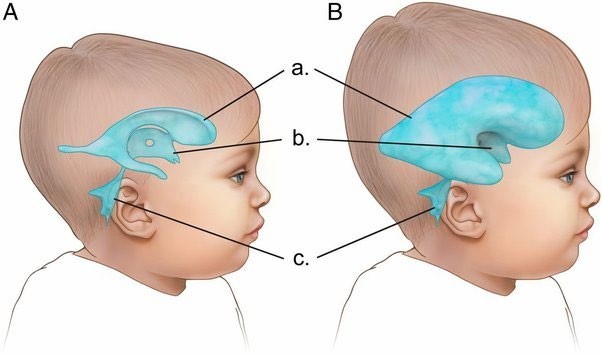The nurse in a trauma unit has received a report on a client who has multiple injuries following a motor vehicle crash. Which of the following actions should the nurse plan to take first?
Evaluate chest expansion.
Check pupillary response to light.
Check the client's response to questions about place and time.
Assess the capillary refill.
The Correct Answer is A
Choice A: Evaluating chest expansion is the first action that the nurse should take, because it assesses the client's respiratory status and potential for pneumothorax, which is a life-threatening condition that can result from chest trauma. The nurse should compare the movement of both sides of the chest and listen for breath sounds.
Choice B: Checking pupillary response to light is an important action, but not the first one, because it assesses the client's neurological status and potential for brain injury. The nurse should observe the size, shape, and symmetry of the pupils and their reaction to light.
Choice C: Checking the client's response to questions about place and time is another important action, but not the first one, because it assesses the client's level of consciousness and orientation. The nurse should ask the client simple questions such as their name, date, and location.
Choice D: Assessing the capillary refill is a less important action, and not the first one, because it assesses the client's peripheral circulation and tissue perfusion. The nurse should press on the client's nail beds or fingertips and observe how quickly the color returns.
Nursing Test Bank
Naxlex Comprehensive Predictor Exams
Related Questions
Correct Answer is B
Explanation
Choice A Reason: This is incorrect because monitoring the client's electrolyte levels is not the highest priority, as it does not address the immediate risk of airway obstruction or aspiration.
Choice B Reason: This is correct because suctioning saliva from the client's mouth is the highest priority, as it prevents airway obstruction and aspiration, which can lead to respiratory distress and infection.
Choice C Reason: This is incorrect because recording the client's intake and output is not the highest priority, as it does not address the immediate risk of airway obstruction or aspiration.
Choice D Reason: This is incorrect because performing passive range of motion on each extremity is not the highest priority, as it does not address the immediate risk of airway obstruction or aspiration.

Correct Answer is A
Explanation
Choice A Reason: To calculate the total body surface area (TBSA) affected by burns using the Rule of Nines, the body is divided into sections, each representing a percentage of TBSA:
- Front of one leg = 9%
- Back of one leg = 9%
- Front of one arm = 4.5%
- Back of one arm = 4.5%
Now for the calculation:
-
Both legs (front and back):
- Front of both legs = 9% × 2 = 18%
- Back of both legs = 9% × 2 = 18%
- Total for both legs = 18% + 18% = 36%
-
Both arms (front and back):
- Front of both arms = 4.5% × 2 = 9%
- Back of both arms = 4.5% × 2 = 9%
- Total for both arms = 9% + 9% = 18%
-
Total TBSA:
- Legs (36%) + Arms (18%) = 54%
The nurse should document burns to 54% of the client's total body surface area (TBSA).
Choice B Reason:This choice is incorrect because it uses the original rule of nines for adults, not children. It also does not account for the depth and degree of the burns.
Choice C Reason: This choice is incorrect because it uses the original rule of nines for adults, not children. It also does not account for the depth and degree of the burns.
Choice D Reason: This choice is incorrect because it uses a random percentage that does not correspond to any rule or calculation.
Whether you are a student looking to ace your exams or a practicing nurse seeking to enhance your expertise , our nursing education contents will empower you with the confidence and competence to make a difference in the lives of patients and become a respected leader in the healthcare field.
Visit Naxlex, invest in your future and unlock endless possibilities with our unparalleled nursing education contents today
Report Wrong Answer on the Current Question
Do you disagree with the answer? If yes, what is your expected answer? Explain.
Kindly be descriptive with the issue you are facing.
